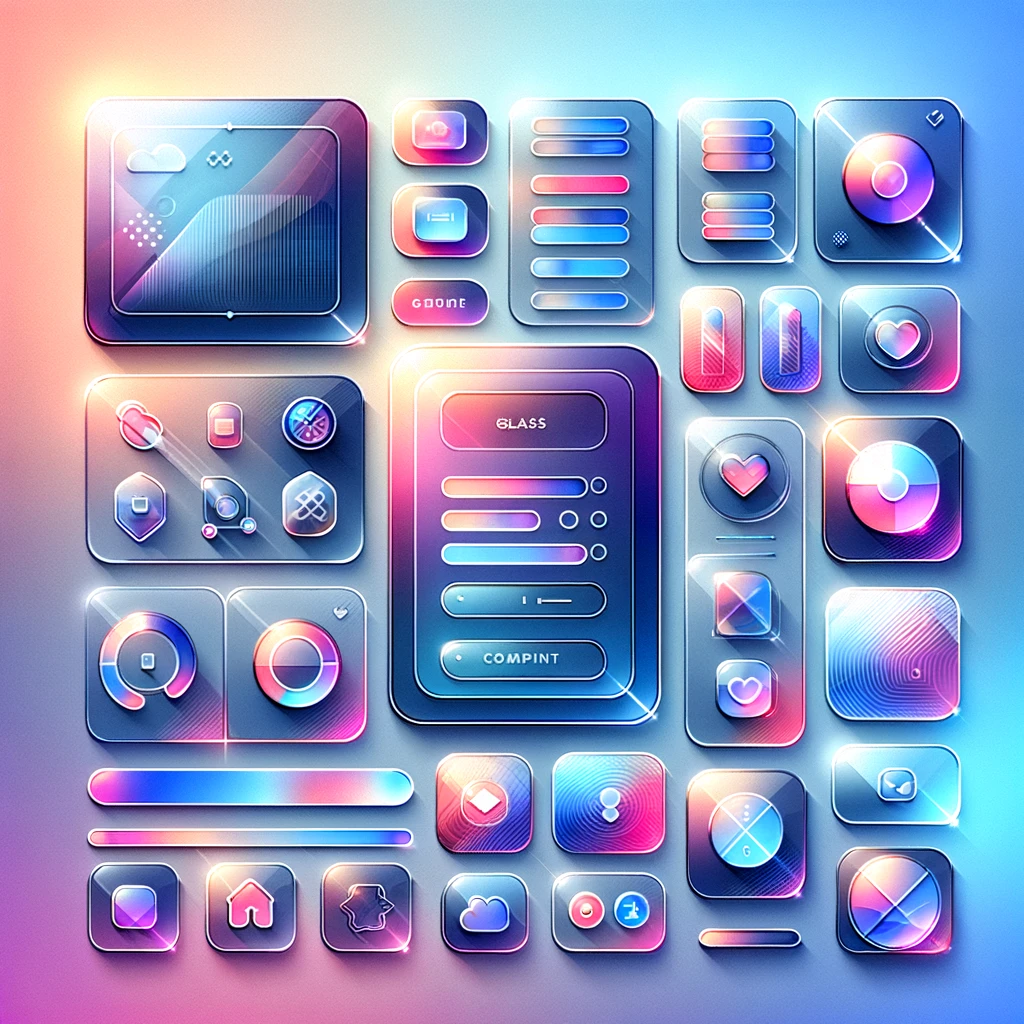What is UIKit
UIKit is a powerful framework provided by Apple that is essential for developing user interfaces for iOS applications. It offers a wide range of tools and components that developers use to create visually appealing and highly functional mobile applications. In this article, we will delve into what UIKit is, its history, and its primary uses.

What is UIKit?
UIKit is a powerful framework provided by Apple that is essential for developing user interfaces for iOS applications. It offers a wide range of tools and components that developers use to create visually appealing and highly functional mobile applications. In this article, we will delve into what UIKit is, its history, and its primary uses.
A Brief History of UIKit
UIKit was introduced by Apple in 2008 with the release of iPhone OS 2.0, alongside the launch of the App Store. It was designed to provide developers with a comprehensive set of tools to create and manage the user interface of their applications. Over the years, UIKit has evolved significantly, incorporating new features and enhancements to support the latest advancements in iOS and Apple hardware.
The introduction of UIKit marked a significant shift in mobile application development. Prior to UIKit, developing for mobile devices was a challenging task that often required developers to work with low-level APIs. UIKit abstracted much of the complexity, allowing developers to focus on designing user-friendly interfaces and improving the overall user experience.
What is UIKit Used For?
UIKit is the foundation of the graphical interface of iOS applications. It provides a wide array of UI elements and controls that can be used to build complex and interactive applications. Here are some of the primary uses of UIKit:
- Creating and managing views: UIKit provides various classes such as UIView, UILabel, UIButton, and many more to help developers create and manage the visual components of their applications.
- Handling user interactions: With UIKit, developers can easily handle touch events, gestures, and other user interactions using classes like UIResponder and UIGestureRecognizer.
- Navigation and presentation: UIKit includes powerful navigation tools such as UINavigationController, UITabBarController, and UIStoryboard for managing transitions and presenting content.
- Layout and constraints: Auto Layout, introduced in iOS 6, is a feature of UIKit that allows developers to define rules for how views should be laid out, making it easier to create responsive designs that work on different screen sizes.
- Animation and graphics: UIKit provides robust support for animations and graphics, enabling developers to create engaging and visually appealing user interfaces. Core Animation, part of the UIKit framework, allows for smooth and complex animations.
- Accessibility: UIKit includes built-in support for accessibility features, making it easier for developers to create applications that are accessible to all users, including those with disabilities.
Conclusion
UIKit is a cornerstone of iOS development, offering a comprehensive set of tools and components for building user interfaces. Its introduction revolutionized mobile application development by simplifying the process of creating intuitive and interactive user experiences. Whether you're handling user interactions, managing navigation, or adding animations, UIKit provides the necessary functionality to bring your app to life.
In this article, we've covered the basics of what UIKit is, its history, and its primary uses. Understanding UIKit is essential for any iOS developer, as it forms the foundation of building user-friendly and visually appealing applications. Stay tuned for more articles as we dive deeper into specific UIKit elements and how to work with them effectively.





